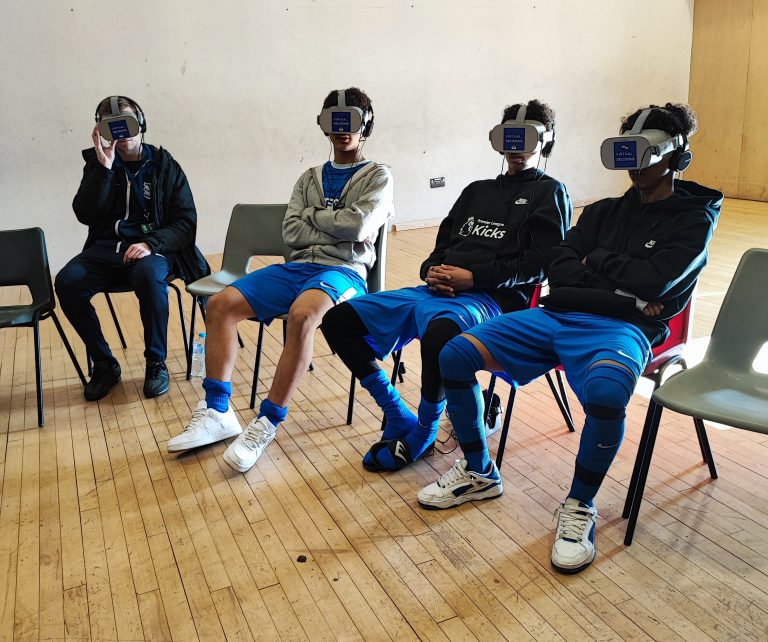
Knife crime is a growing issue in many communities, and it’s important to educate young people about the dangers of carrying a knife. While it may seem like a quick solution to protect oneself or gain respect, the reality is that carrying a knife increases the risk of violence and harm. In this blog post, we’ll explore some effective prevention strategies to help reduce knife crime among young people.
Knife Crime Education: What’s at Stake?
Knife crime has devastating consequences for those involved, including victims and their families. Not only does knife crime lead to physical harm, but it also causes emotional and psychological distress. In addition to the harm to individuals, knife crime also has a significant impact on the community at large, leading to a breakdown in social cohesion and trust.
Prevention Strategies: Education is Key
The best way to prevent knife crime is through education. By providing young people with the knowledge and skills to make informed decisions, we can empower them to make the right choices when it comes to carrying a knife. Here are some effective prevention strategies:
Raise Awareness: Increasing awareness of the risks and consequences of carrying a knife is essential. We can do this through campaigns, social media, and other communication channels that are targeted towards young people.
Provide Education: Education should focus on helping young people understand the risks associated with carrying a knife. It should cover topics such as the legal consequences, physical and emotional harm, and alternative conflict resolution strategies.
Build Trust: It’s important to build trust between young people and the authorities. This can be achieved through community engagement and outreach programs that provide positive role models and encourage open communication.
Support Victims: Providing support to victims of knife crime is essential. This includes emotional support, counselling, and practical assistance in dealing with the aftermath of an incident.
Encourage Reporting: Encouraging young people to report knife crime is crucial. This can be achieved by ensuring that they know how to report incidents anonymously and by providing a safe and supportive environment for them to do so.
“Youth violence is a problem in the West Midlands, as it is elsewhere in the country, yet it tends to take place in communities rather than in classrooms. I’m committed to the prevention and tackling of youth violence. That includes by way of an essential operational policing response and supporting a range of programmes that help young people stay safe,”
Simon Forster, West Midlands Police Crime Commissioner.
The Role of Virtual Decisions
Round Midnight Ltd. has developed an innovative virtual reality (VR) program called Virtual Decisions that provides a unique and immersive experience to empower young people to make informed decisions about personal safety and knife crime prevention. By using this award-winning VR education, young people can experience the consequences of their actions without putting themselves in harm’s way. The immersive experience creates a deeper understanding of the risks involved and empowers young people to make the right choices when confronted with a similar situation.
In addition to the prevention strategies mentioned above, Virtual_Decisions is a powerful tool that can be used to educate young people about the risks and consequences of carrying a knife. The program provides a safe environment for young people to explore different scenarios and make informed decisions. By using the program in a more subtle way, such as integrating it into existing workshops or community outreach programs, the impact can be more significant, and the message can reach more young people.
Conclusion
Knife crime education is essential for preventing violence and harm among young people. By raising awareness, providing education, building trust, supporting victims, encouraging reporting, and utilizing innovative tools like Virtual Decisions, we can reduce the incidence of knife crime in our communities. It’s time to take action and ensure that young people have the knowledge and skills to make informed decisions that keep them safe.
